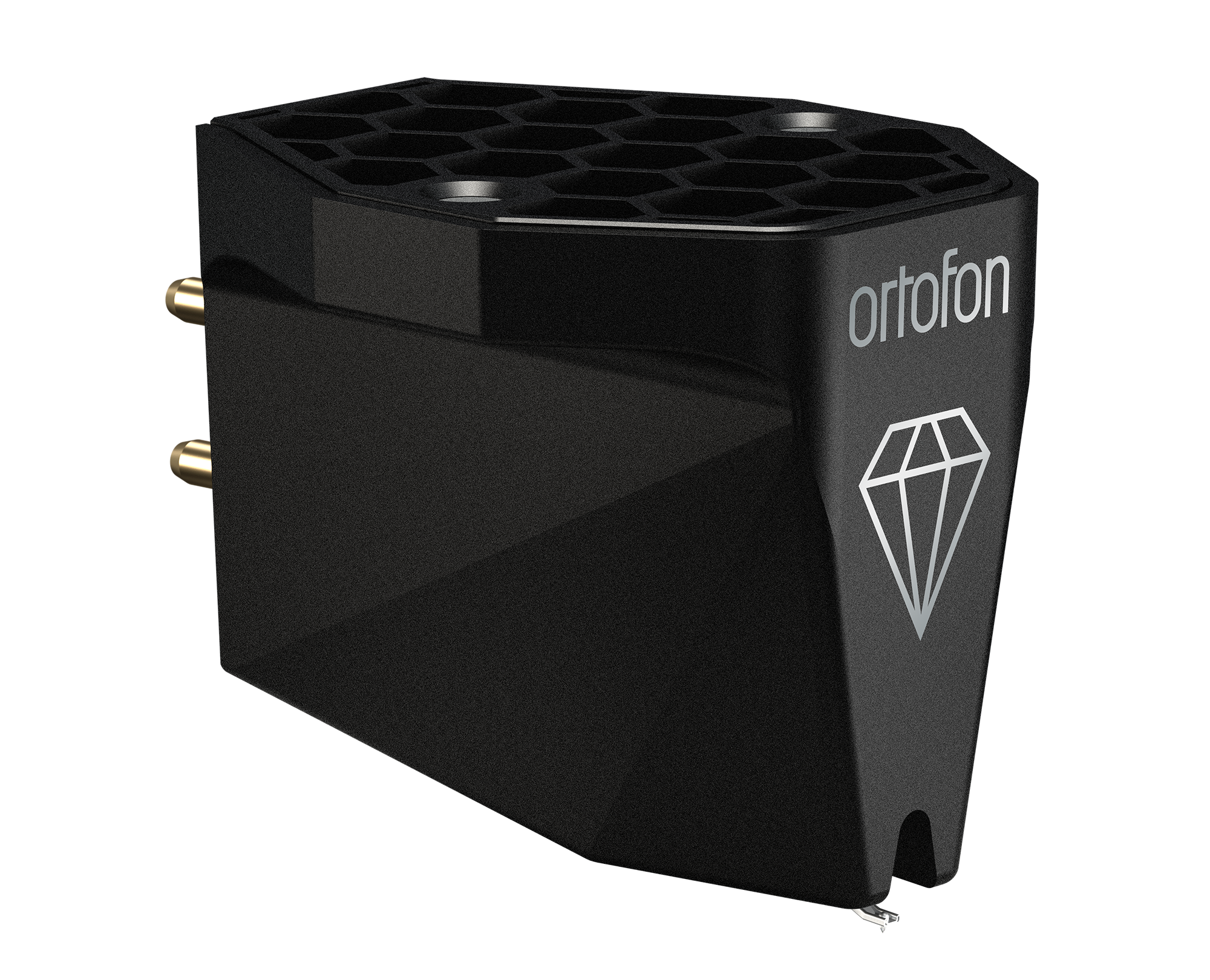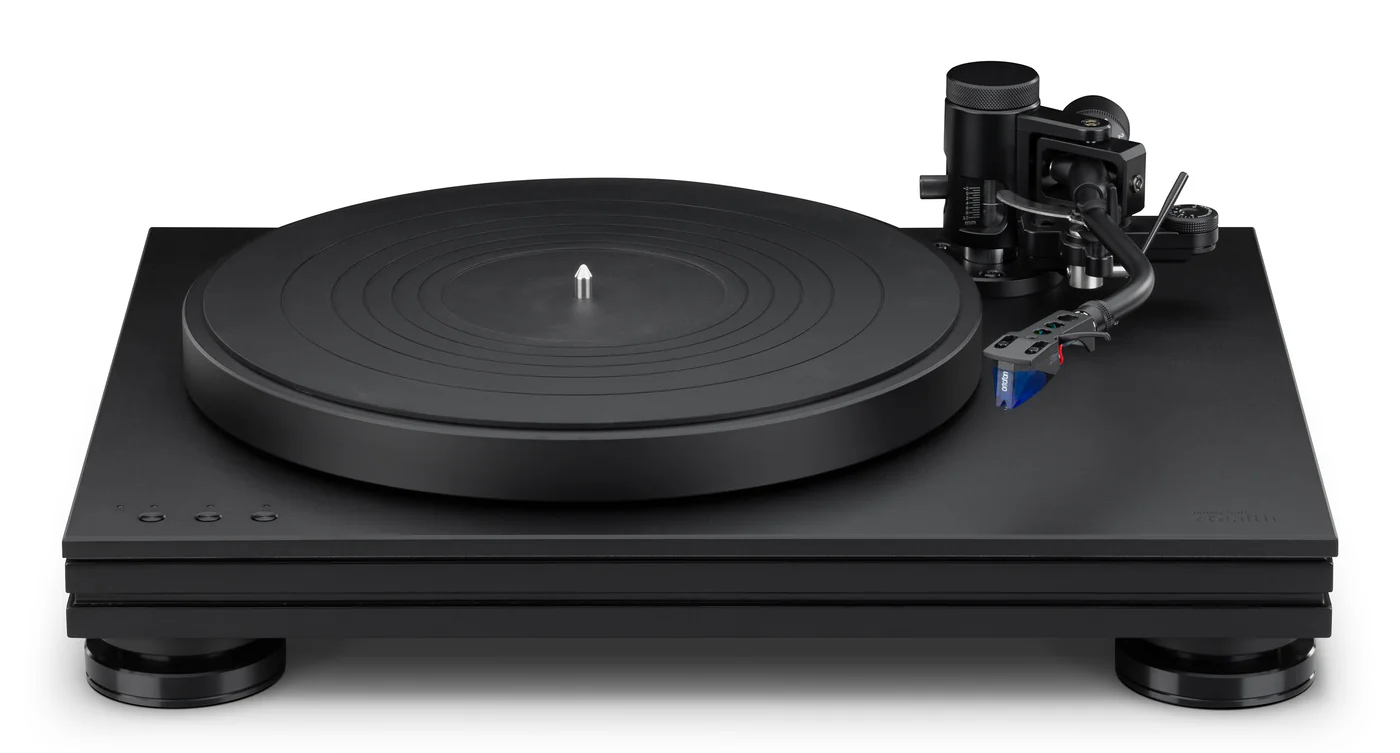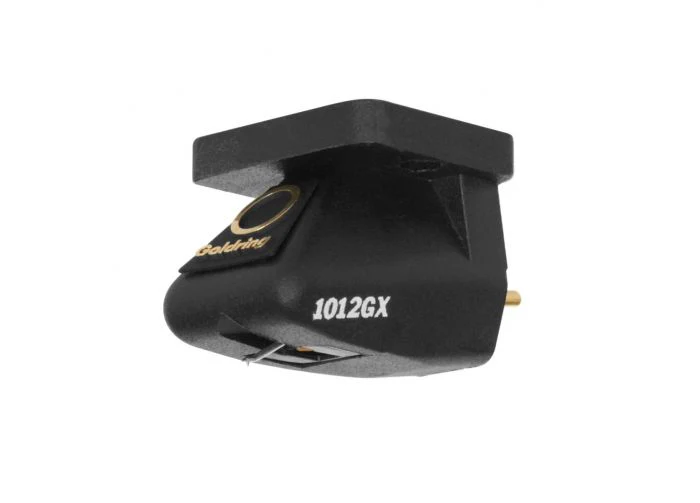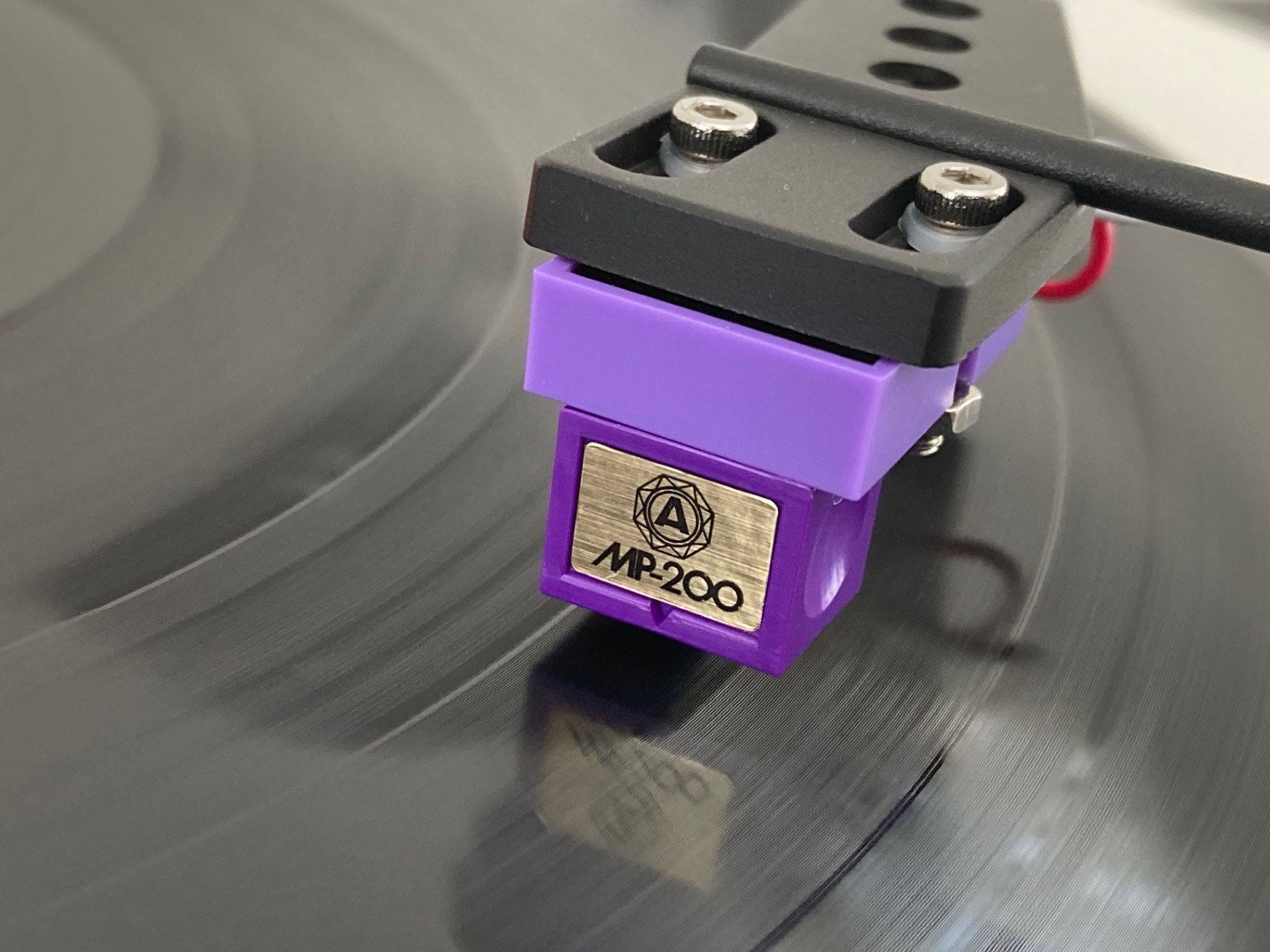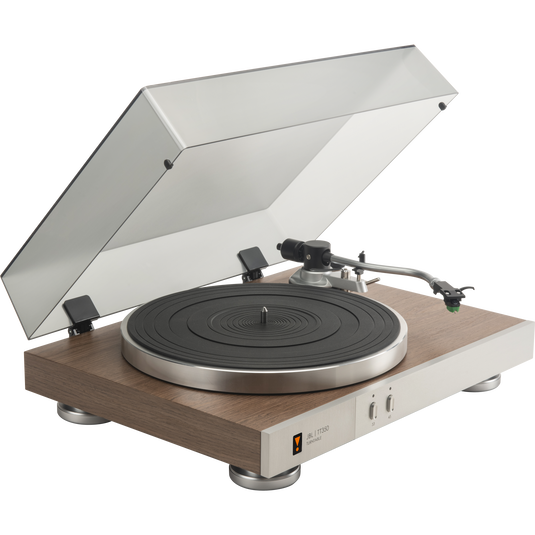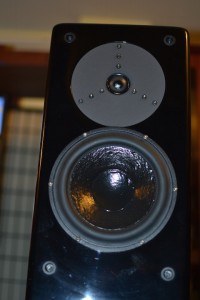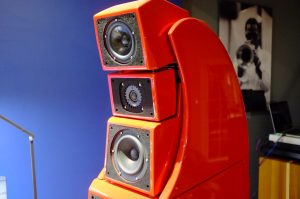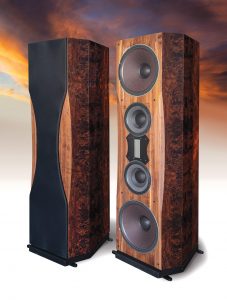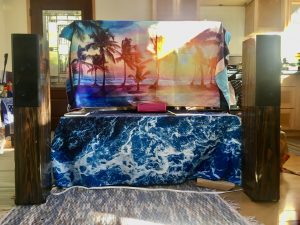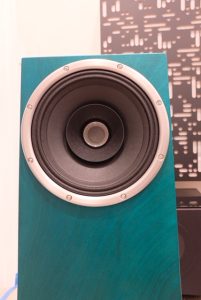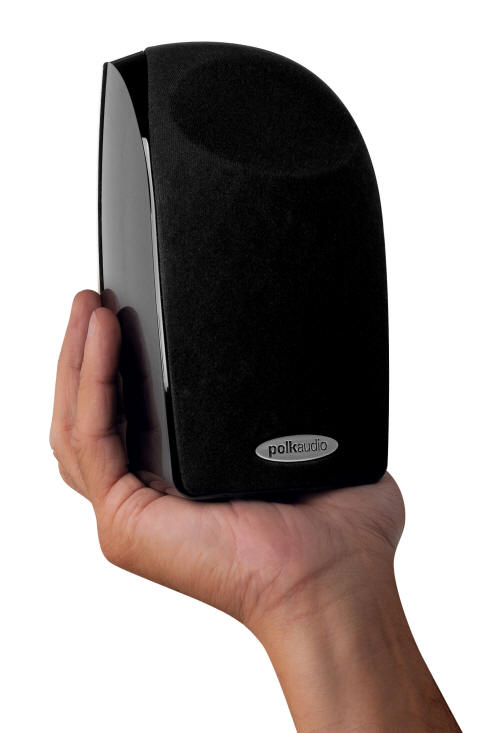
The plan was to assemble an inexpensive, two-channel home theater for my rec room. Nothing fancy, just a cheap receiver and Blu-Ray player with some hideaway speakers that blend in above the fireplace. There's no shortage of options.
Polk Audio has always been a reliable choice, and I liked the sleek looks of the first satellite I came across on their website, the $300/pr TL3. A popup teased 10% off, bringing the price down to about $270. Since the room is fairly large, a better-than-average subwoofer would be required. Polk's best is the $650 SDW PRO 660 wi. Specs seemed impressive: hefty build quality, 20Hz-160Hz, wireless capability (via an add-on transmitter at extra cost), and even a remote control for easy fine-tuning. Sold.
Everything arrived intact within a week and basic setup took under an hour. I kicked back to watch some movies and—wait a minute. These things sounded good. Like,really good. Like a pair of floorstanding speakers costing two grand or more. And this was while haphazardly placed and powered by a mass-market receiver. What might these be like in a two-channel system?
I've been out of the loop for a few years, with my two-channel rig packed safely away during seemingly endless home renovations. I haven't missed it much thanks to today's bumper crop of headphones, but this affordable Polk system jolted me back into critical listening mode. That's saying something considering we're talking affordable home theater stuff.
Had I done some research in advance, I would have learned that the TL3 satellites are the largest of three speakers in Polk's Blackstone range. Polk is particularly proud of the ¾" ring radiator tweeter used here, which is related to that in their flagship models. Both the tweeter and 3¼" midrange are said to employ especially flexible motor structures that allow them to move more freely in a small enclosure, for performance that better approximates large speakers. Polk's proprietary PowerPort vent is claimed to help the satellites blend more seamlessly with the subwoofer.
The TL3s don't need much power, but they benefit noticeably from higher quality amplification than a cheap receiver. I partnered them with a Rega Mira 3 integrated amp (discontinued; $1,195 when last offered) that conveniently allowed me to connect the sub via its preamp output jacks. Sources included a Sony PlayStation PS-1 and Rega Apollo CD player (reviewed here, discontinued; $1195 when last offered).
Polk doesn't offer matching speaker stands so I went with the $80 Sanus EFSat. At 15 pounds each, they're plenty hefty to anchor the three-pound Polks, and even come with good carpet spikes. A problem arose because my usual roundup of cables weighed more than the speakers themselves. Luckily, the little Polks were unfussy, and switching to 18-gauge Monoprice wire didn't make a substantial difference.
The first thing that struck me was the excellent integration between satellites and sub. On one hand, the insubstantial, credit card size remote for the SDW PRO 660 wi (let's just call it the 660 from now on) is handy. Unfortunately, some of the controls aren't duplicated on the sub itself. Lose the remote, and suddenly the 660 becomes a 45-pound paperweight. I'm sure a replacement remote can be easily purchased, but that still makes me nervous.
Speaking of settings, the 660 features Polk Room Optimization. Essentially, it's four unique equalization presets depending on where the sub is placed: in a cabinet or corner, or along with mid-wall or in the mid-room. They work well, and the corner setting allowed me to partially hide the bulky box behind some furniture, although it sounded better integrated when placed closer to the satellites. Repositioning the included feet allows it to be used in your choice of front or down firing configuration.
The volume control consists of pushbuttons for up and down instead of a knob. At first, this concerned me since it can only be adjusted in steps. Yet, wherever I set it up, it always seemed one of those steps was just right, with a step above being obviously too much and one below not enough.
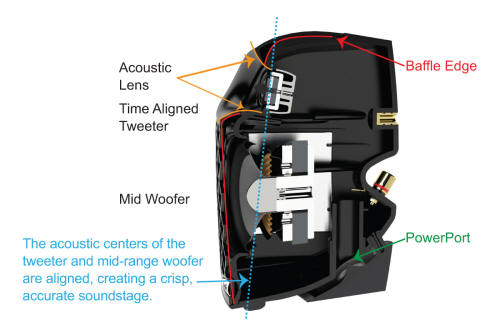
The 660 may be inexpensive, but it's no one-note boom box. It's well behaved, dynamic and articulate enough to be paired with good speakers. Case in point, I tried it briefly with the small, floorstanding Spendor S5e (discontinued; $2,95 when last offered) and the impression wasn't that I'd added a subwoofer, but rather, upgraded to a bigger pair of Spendors. Perhaps the companies' shared affinity for polypropelene drivers had something to do with the synergy.
Good as the 660 is, the TL3s are the stars of this show. They're remarkably detailed, revealing layers of sounds beyond my expectations. Piano and guitar notes in particular are reproduced with striking immediacy and transients portrayed with ease. High frequencies were open, and there was a good general sense of the recording space. Switching from the Rega to the tubed PrimaLuna ProLogue Two integrated amp (reviewed here) increased top-end resolution and midrange richness even further, reinforcing that these benefit from amplification costing many times their price.
The soundstage was satisfyingly wide, with stable and precise image placement. One thing's for sure: a center channel can be considered optional for home theater use unless people are going to be seated way off axis. Soundstage depth wasn't as good, though it was more than sufficient. I wouldn't recommend wall mounting, as imaging and soundstage depth suffered when close to the rear wall. On the other hand, unlike larger speakers that benefit from being placed a significant distance out into the room, a foot or so was fine.
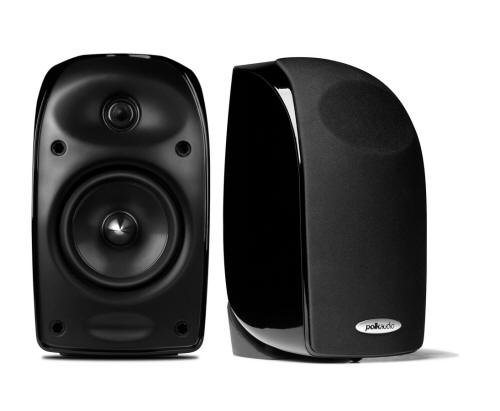
Shortcomings? Large-scale music becomes both dynamically and spatially compressed at high volumes. It's at this point the disappearing act ends and TL3s reveal themselves as exactly what they are: small, lightweight speakers attempting to push past reasonable expectations. But up to surprising levels, they maintain their invisibility. In appropriate size rooms, most users will never hear this side of the TL3s. I was nearly always satisfied, even though I was certainly pushing the limits in my open plan living/dining room—over 750 square feet, not including a one-and-a-half story entry foyer.
High frequencies seemed a bit too prominent at times, a trait that lessened with time but didn't entirely go away. Maybe that explains why I sometimes preferred the rolled-off PlayStation to the more conspicuously resolving Rega player. I switched from the Monoprice wire back to snob-approved speaker cable to see if there was an improvement, but couldn't hear much difference.
One final caveat: despite the excellent sub-satellite integration, I still felt the system wasn't quite as top-to-bottom coherent as a pair of conventional box speakers, where all of the drivers cohabitate. Perhaps I simply couldn't shake the image of two very small speakers perched near one big subwoofer. Snare drums in particular stood out sometimes as not being fully fleshed out, and more a product of coming from the satellites.
No doubt, there are probably some—if not many—sats that are also very good. I had a fun experience with Orb Audio's little round speakers back in 2007 (reviewed here). At $249 a pair, they're in the same price range. Both companies offer home trial periods and money-back guarantees, and both are very pleasant to deal with. Working strictly from memory, the Orbs weren't as detailed as the Polks, and didn't benefit as dramatically from being paired with more expensive equipment, but were equally recommendable.
If you can live with less bass extension, you can bring the total system cost down substantially by choosing one of Polk's lower-priced subwoofers instead. I tried the PSW110 ($300) and the results were similarly satisfying, if warmer and looser. Some may actually prefer that. However, the cheaper subwoofer sounded a bit lumbering compared to the faster, more articulate satellites.
What else can you say about a $950 sub/sat system that, under most circumstances, behaves like a much more expensive set of floorstanding speakers? Partnered with equipment that's smooth in the treble, you'll have a flexible, aesthetically pleasing, full range music system at a very reasonable price. (Or, by adding additional satellites, a home theater system that overachieves with both movies and music.) Clearly, Polk Audio's commitment to affordable, high-quality music reproduction remains strong. Ed Kobesky
Polk Audio Blackstone TL3 Speakers
Price: $300/pair
Polk Audio SDW PRO 660 wi Subwoofer
Price: $650
Polk Audio
5601 Metro Drive
Baltimore, MD 21215
[email protected]
www.polkaudio.com




